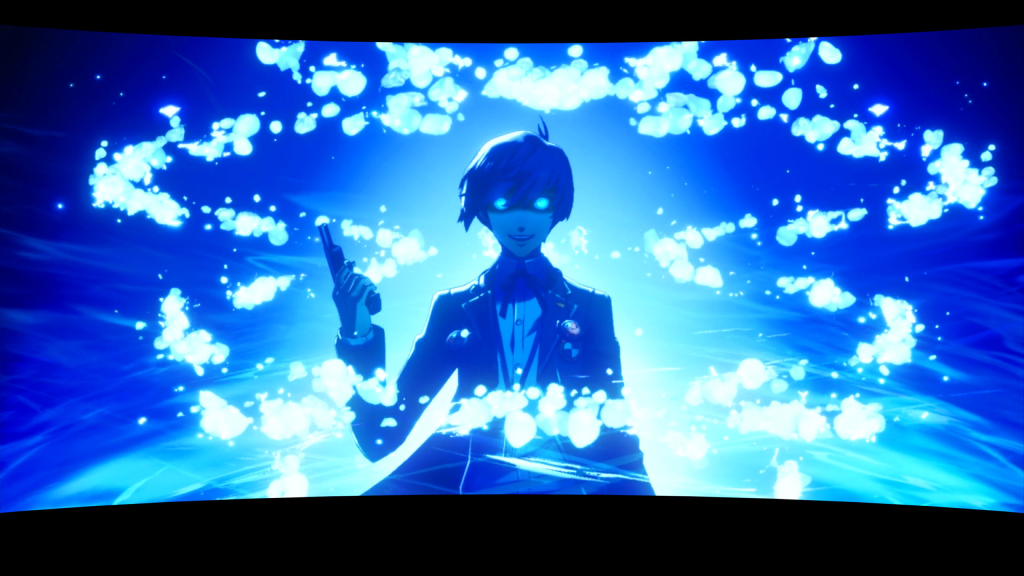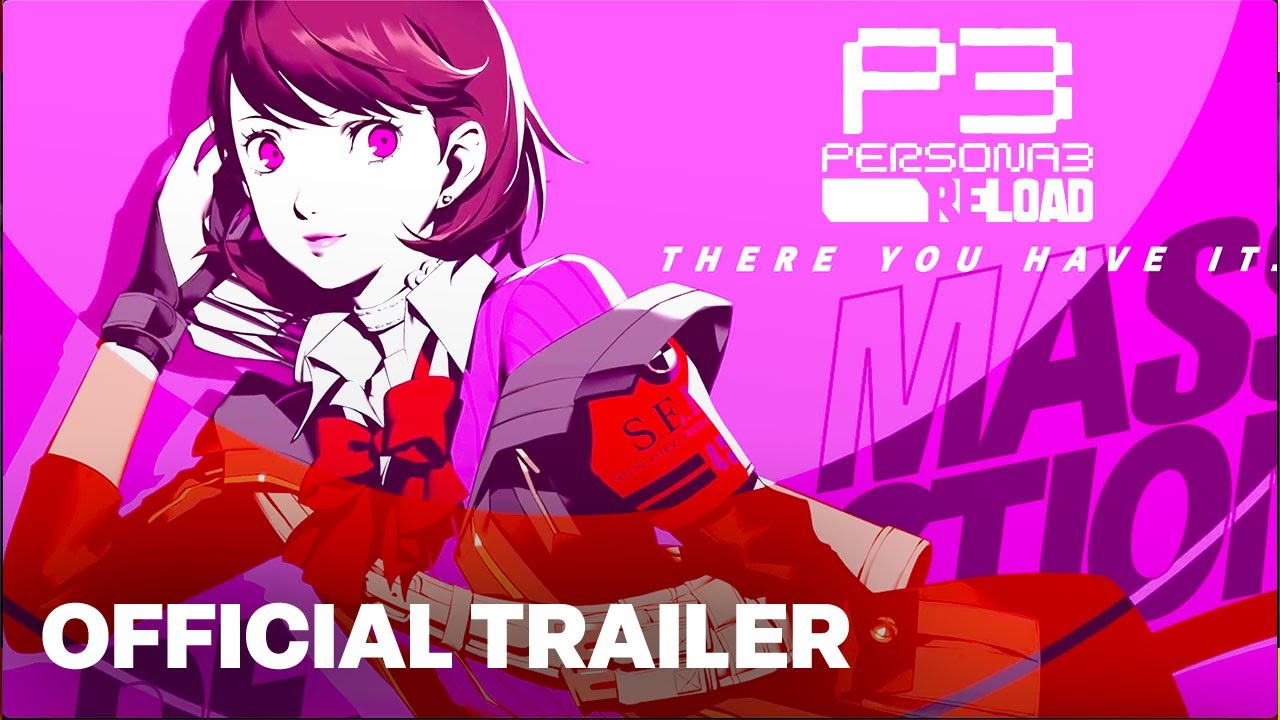“Actually, there’s more than just 24 hours in a day… do you believe me if I say that?”

This isn’t some motivational quote or a scientist’s latest discovery. It’s the premise of Persona 3, where, after midnight each day, a mysterious “Dark Hour” ensues, lasting for an hour. During this time, everyone turns into a coffin, while Shadows try to strip away their souls, turning them into mindless husks. Only those with the ability to summon their Persona can act during this hour.
After 18 years, ATLUS has reintroduced this iconic JRPG to modern players with Persona 3 Reload (P3R), modernizing the game with advanced technology, while still retaining the essence of the original.
It’s essential to understand that P3R is more of a faithful remake than a drastic overhaul. The game builds on the foundation of Persona 3, adding elements from Persona 3 Portable (P3P) and Persona 3 FES (such as side missions and Elizabeth’s outings). However, some features from those versions, like the female protagonist route or the character-centric epilogues, are absent here.

A Tragic Persona
If Persona 4 is a lighthearted rural life story and Persona 5 is a tale of rebellious heroes, Persona 3 stands as a beautiful yet tragic play from the Shin Megami Tensei era, balancing light and darkness.
In the small city on the artificial island, you live a full year as a high school student, fighting to eliminate the Shadows threatening humanity. Alongside your friends in the Special Extracurricular Activities Club (S.E.E.S.), you summon Personas and grow closer to your companions. These relationships enhance your strength, but also intertwine with tragic fate and past burdens, leading you through a path filled with sorrow.
It’s hard to say whether Persona 3’s story is superior or inferior to Persona 4 and Persona 5, as those two games wrap up with a more upbeat conclusion. Persona 3, in comparison, leaves a sense of regret and tragedy. Even with some plot weaknesses (its storyline being heavily tied to the looming Tower of Tartarus), it remains a unique narrative with many emotionally impactful moments.

In P3R, the story is deepened rather than changed. The game allows for more meaningful conversations with your teammates, giving you the chance to better understand them before the final chapters. In the original, many of the male characters lacked dedicated social links, but now P3R introduces events with all male characters and even the dog, Koromaru. These events don’t increase affection but completing them unlocks special Persona fusion bonuses.
The female characters, who previously seemed to fall for the protagonist without much effort, now have more developed dialogue. You can pursue a romantic relationship or choose to remain just friends, a change that makes it harder for players who want an easy harem route, but it adds depth to character relationships.
New Features and Systems
One of the standout additions is the Dorm Activities system, similar to activities in Persona 5 but set within the dorm. You can grow vegetables, cook, watch TV, or brew coffee, but you must invite a companion to join you. Each activity not only fosters interesting interactions but also yields various benefits like stat boosts or new passive traits for your companions.
These traits significantly affect gameplay. For example, the healer character, Yukari, can unlock an ability that greatly reduces her healing spell’s SP cost, making dungeon exploration smoother. These systems are simple yet impactful, and they offer players meaningful rewards that make the dorm activities more appealing.

In terms of character development, P3R excels with new 3D cutscenes and full CG sequences for key moments, adding emotional weight to the narrative. The improved character designs, detailed expressions, and enhanced voice acting make this remake stand out, especially for those who cherish the bonds between characters.
Day-to-Day Activities and Tower of Tartarus
While the story is central to Persona 3 Reload, the daily activities are just as crucial to the experience. The game’s routine, like attending school, engaging in activities, and building relationships, will determine whether you find the gameplay engaging or tedious.
With improvements to the original system and the introduction of new elements, P3R’s daily activities are more expansive than in the original but not as much as in Persona 5. Though the game lacks the wide range of locations found in Persona 5, there are plenty of side activities, such as visiting the fortune teller for battle buffs, buying secret items, or training with the fox at the shrine to copy skill cards.
However, there is one downside. The late game can feel repetitive due to a lack of activities available during the night. After completing social link conversations and dorm activities, you may find yourself with little to do until the next major plot event. If P3R added more activities or systems for late-game content, it could have improved the pacing significantly.
Tartarus: The Tower of Repetition
Tartarus remains a core element of Persona 3, acting as the primary dungeon of the game. While it’s more refined than before, it still suffers from repetitive elements. Each floor is procedurally generated, with some unique features like “Monado Gates”—randomly appearing doors that contain elite enemies, offering valuable materials for crafting weapons.
Though this adds some variety, Tartarus still lacks the creative design seen in later titles like Persona 5. The floors are often too similar, and you’ll find yourself avoiding battles just to progress quickly. The addition of rare Shadows and “Hunter” encounters increases the challenge, but it can still feel tedious, especially since you can’t save in the dungeon and must return to the lobby to do so, which is time-consuming.

Combat and Persona Growth
Combat has been updated with new mechanics such as the Pass system (similar to Persona 5’s “One More” system), allowing you to pass your turn to another character to exploit enemy weaknesses. Additionally, each character now has a unique special move called Mystery Skills—special attacks that add variety to combat strategy.
While these additions make combat more dynamic, the enemy design is largely unremarkable. Most bosses and elites follow a predictable pattern, with the only variation being their weaknesses. The Monado Gates do introduce some interesting enemy combinations, but overall, P3R doesn’t push the envelope in terms of boss design or tactical depth.
Conclusion
For fans of JRPGs, Persona 3 Reload is a gift. While it stays true to the original, it improves upon the foundation with new features, more detailed character development, and enhanced visuals. The added CGs and refined systems enrich the experience, making it a more polished and modern version of the classic.
Tartarus remains as challenging as ever but is still limited by its original design, and while the combat improvements add depth, the lack of creative enemy design holds it back. However, the game’s ability to immerse players in its rich world, with its poignant narrative and meaningful relationships, more than makes up for any shortcomings.
Overall, Persona 3 Reload is a captivating remake that succeeds in offering both nostalgia and fresh experiences for new and returning players.
